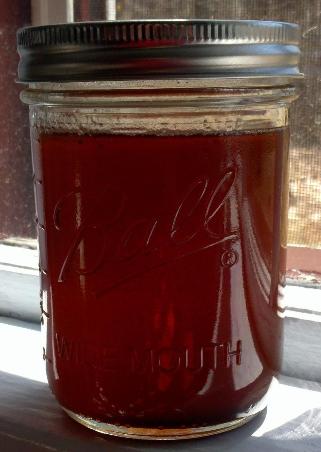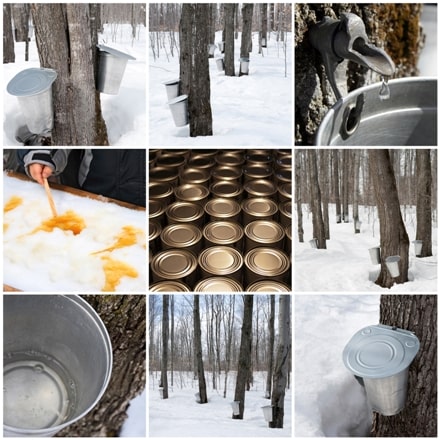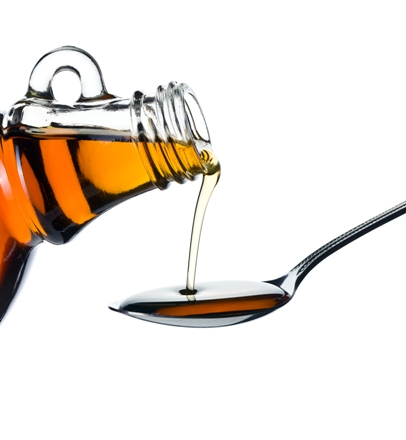
Maple syrup has delighted many peoples throughout generations and cultures. Historically, the syrup was harvested by many groups like the indigenous tribes of the North. The the practice has been adopted over the years by many others. Embarking on a maple syrup journey is like connecting to a tradition that has survived throughout the ages. As Canadians, we are connected to a practice that is both delightful and profitable, as the country produces most of the world’s maple syrup. Here are a few little-known facts about this delicious treat that you can use to impress your friends with your national knowledge.
Know Your Species

There are several types of trees that can be used to make maple syrup, like acer saccharum, which is the most common. There are others, like the red maple tree, that gives off a dark red maple syrup. This particular maple syrup has a robust taste and is mostly considered a delicacy amongst maple syrup aficionados, making the red maple tree one of the most coveted. Although red maple trees are readily available in Canada, they are somewhat finicky. The bud breaks a little earlier than other maple trees, which can give the syrup an off-flavor, so the syrup must be harvested early in the season.
Maple Syrup is More Than Sugar

You might make the mistake of assuming that your love for this sugary delight simply satisfies your taste for sweetness, but maple syrup has much more to offer nutritionally. Some people may not know this, but maple syrup contains a whole lot of goodness.
The syrup contains about 100 percent of the recommended daily allowance of manganese in just one serving. This mineral helps your body create collagen, which is good for bones, teeth, joints, as well as sex hormones. (Who knew syrup could be an aphrodisiac?)
Maple syrup also contains a high amount of riboflavin, which is mostly used for the body’s energy supply. You can find an impressive amount of antioxidants in the syrup, too, which can help combat free-radical damage. Free radicals influence visual degenerative diseases (like cataracts) or even affect the bones, causing osteoporosis. The amount of antioxidants contained in good maple syrup (without any added preservatives) is comparable to the amount in broccoli. It’s amazing that all the goodness of a vegetable can be found in something this sweet.
If you’re looking to grow maple trees — especially if you plan to harvest syrup — it is important to obtain them from a reliable source. It’s vital that the tree was cared for and grown in healthy soil. Caledon Treeland is proud to serve the large community of maple syrup lovers in our Toronto community throughout the GTA. Give us a call and we’ll tell you all about our trees and the way we treat our soil.

